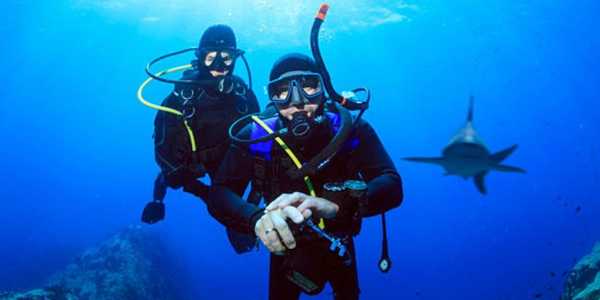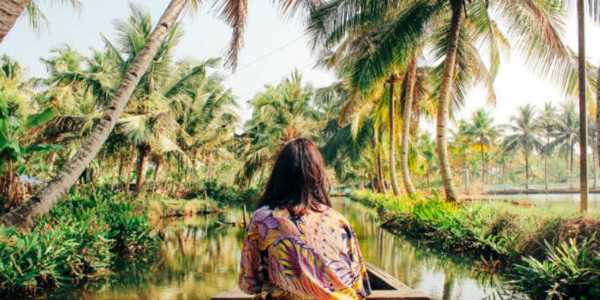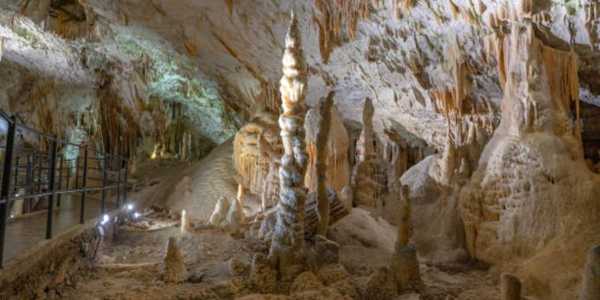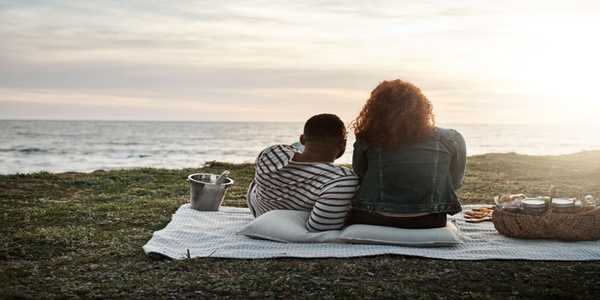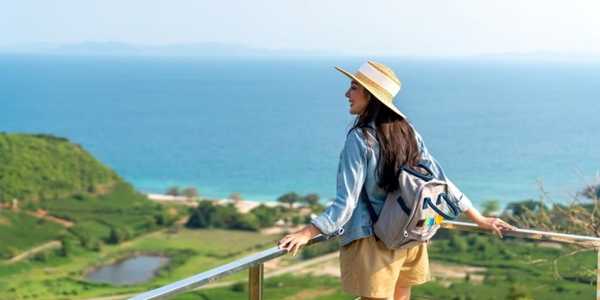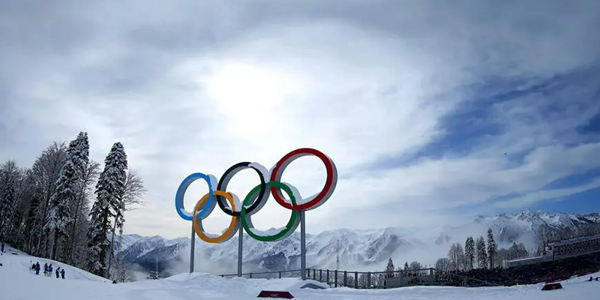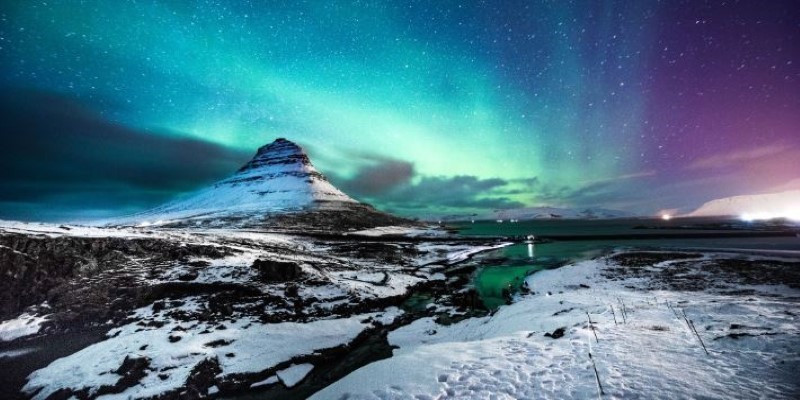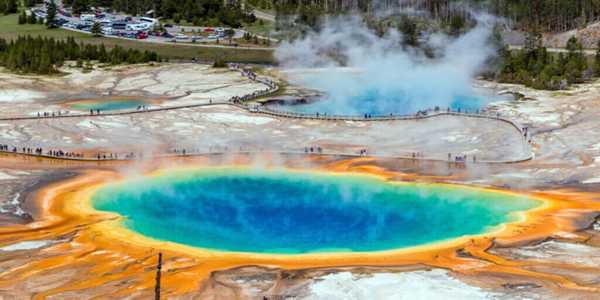Secret Camping Spots That Feel Like Paradise (and How to Find Them Before Everyone Else Does)
Most people crowd into the same campgrounds every summer, only to wake up surrounded by tents and noise. Yet scattered across the world are secret camping spots that feel like paradise — places where the only sound you hear is wind and water.
These are the places serious campers whisper about. They’re hidden in forests, islands, and deserts, waiting for those who know how to look. Here’s how to find them — and seven that prove paradise still exists.
Why Hidden Camping Spots Are the Ultimate Getaway
Popular campsites fill up months in advance, and even the best-rated ones often lose their charm once crowds arrive. Hidden camping spots, on the other hand, offer untouched scenery, fresh air, and silence that feels sacred.
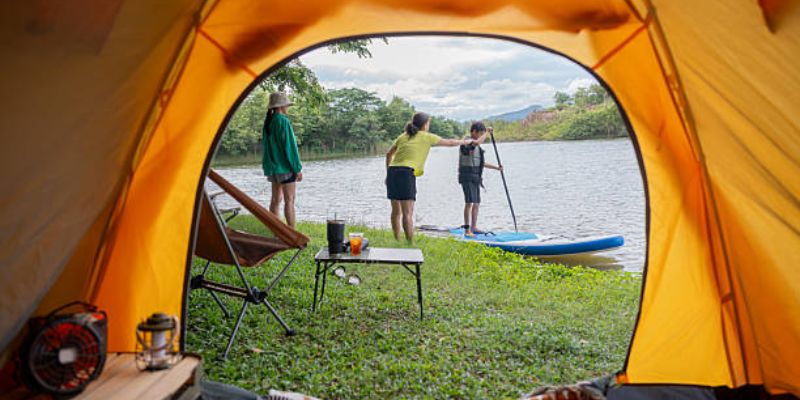
Remote camping also creates mental clarity. Studies link time in nature to reduced stress and better sleep. In these quiet escapes, travelers reconnect with what camping was meant to be — simplicity and peace.
How to Find Secret Camping Spots Before They Go Viral
Use Topographic Maps and Satellite View Tools
Apps like Google Earth, AllTrails, or Gaia GPS let you explore regions that rarely appear on travel blogs. Search for natural clearings near rivers, shaded valleys, or flat terrain away from major roads. These hidden pockets often become your next favourite site.
Join Local Outdoor and Hiker Communities
Hikers often share coordinates for little-known trails on online forums or social media groups. Reddit’s r/CampingandHiking or local Facebook communities are gold mines of real tips. Always confirm access rights and terrain conditions before you go.
Check State, National, or Public Forest Zones
Dispersed camping areas managed by agencies like the U.S. Forest Service or Bureau of Land Management offer free and scenic campsites. Many countries have similar systems — in Canada, Scandinavia, and Australia — where travelers can camp legally outside established grounds.
Ask Local Rangers or Camp Hosts
Few people know better than park staff where to find quiet corners or unused clearings. A polite conversation at the ranger station often reveals hidden gems you won’t find on any app.
7 Secret Camping Spots That Feel Like Paradise
1. Lone Rock Beach – Utah, USA
A peaceful stretch of soft sand facing Lake Powell, Lone Rock feels almost tropical. Campers can park directly on the beach and swim at sunrise. Visit between May and September for warm days and cool nights.
2. Lost Coast – California, USA
This rugged coastline remains one of the least developed in North America. Reaching it requires a hike, which keeps crowds away. Expect sea cliffs, wildflowers, and total isolation. Follow Leave No Trace principles to protect this fragile paradise.
3. Hoh Rainforest – Washington, USA
Thick moss, mist, and endless green make Hoh Rainforest one of the world’s dreamiest campsites. Stay during early spring or late fall to enjoy the sound of rainfall without tourist noise.
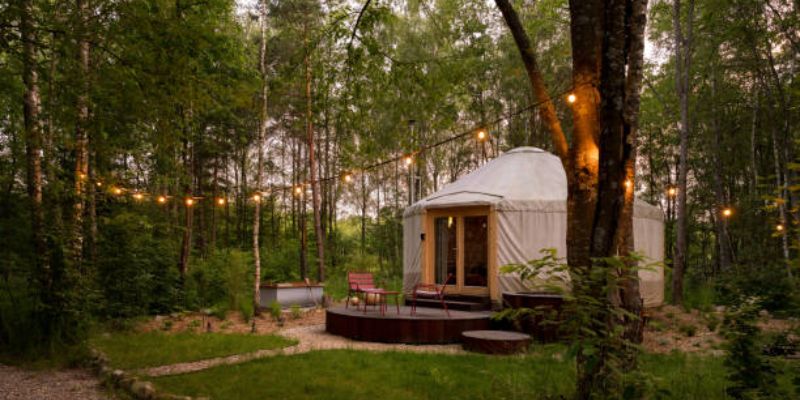
4. Lake Bled Backwoods – Slovenia
A short walk from Lake Bled’s famous viewpoint are quiet forest glades where locals camp under pine trees. The lake glows turquoise at dawn, and the air smells like wood and rain.
5. Jökulsárlón Glacier Area – Iceland
Few places feel more surreal. Between icebergs and dark sand, campers can witness the midnight sun reflecting off floating glaciers. Bring thermal gear and check for local permit rules.
6. Masai Mara Conservancy – Kenya
Select private zones in the Mara allow wilderness camping surrounded by wildlife. It’s not for beginners, but with guides and proper equipment, it’s an unforgettable mix of luxury and wild freedom.
7. Great Ocean Road Bush Sites – Australia
Beyond the tourist pullouts lie dozens of hidden forest camps near waterfalls and cliffs. Quiet, green, and scenic, these are some of Australia’s most peaceful escapes. Visit between March and May for mild weather and fewer insects.
What to Pack for a Hidden Paradise Camping Trip
Gear You Can’t Forget
Remote areas rarely have supply stores. Carry a lightweight tent, extra stakes, a waterproof tarp, a solar charger, and a headlamp. A first aid kit and navigation tools are essential. Outdoor retailers like REI list reliable gear for different terrains.
Food and Water Essentials
Bring dehydrated meals and compact snacks like nuts or energy bars. Carry water purification tablets or filters — even clear rivers can hide bacteria. Always store food securely to prevent attracting animals.
Safety and Communication
Many secret camping spots lack cell coverage. Use offline GPS maps, personal locator beacons, or satellite messengers. Tell someone your route and expected return date before leaving.
Rules and Ethics for Secret Campsites
Respect Nature and Local Communities
Paradise should stay pristine. Take all trash with you, use biodegradable soap, and keep noise low. Campfires may be banned in some regions — always check before lighting one.
Avoid Sharing Exact Coordinates Online
Posting locations publicly often leads to overuse and damage. Instead, share general regions or trails, not precise GPS points. Keeping nature’s secrets helps preserve them.
Check Regulations Before You Go
Each country enforces unique camping laws. Some allow “freedom camping,” while others require permits. Verify details on official park websites to avoid fines or closures.
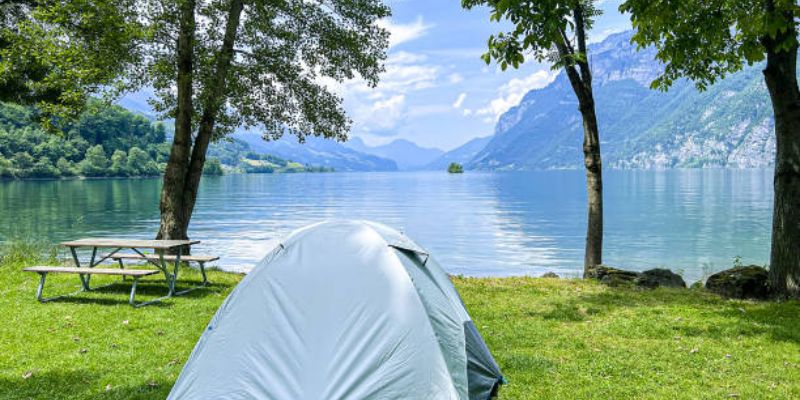
Planning the Perfect Hidden Camping Experience
Choose the Right Season
Seasons shape every trip. Spring brings waterfalls and blossoms, summer offers long daylight hours, and autumn means cooler weather and fewer bugs. Avoid winter unless you have proper gear.
Balance Comfort and Simplicity
Pack light but include comfort items — a hammock, a compact lantern, or a cozy sleeping mat. Small luxuries turn a remote campsite into your own slice of paradise.
Stay Flexible and Curious
Sometimes the best campsites aren’t marked at all. A turn off a gravel road or a short hike off-trail can lead to magic. Stay curious, explore respectfully, and always leave the place better than you found it.
Hidden Camping Spots That Feel Like Paradise — Worth the Search
Secret camping spots remind us why travel matters. They aren’t about luxury or crowds but about quiet beauty and real connection to the Earth. Whether on a glacier in Iceland or a forest in Kenya, these places feel like paradise because they remain wild — and that’s what makes them priceless.
Sources
- Learned practical methods
- Solved my questions
- Inspired new ideas
